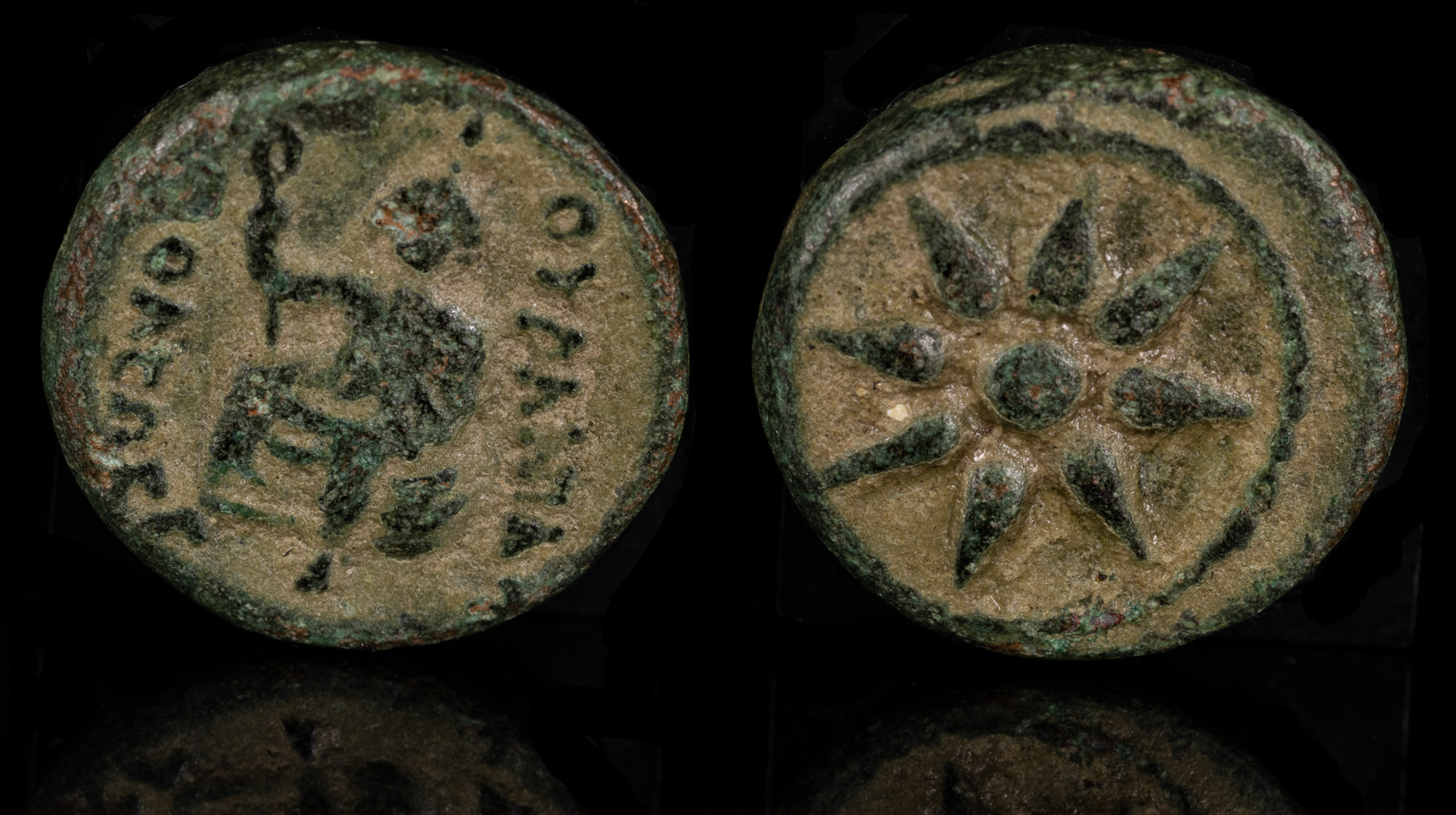
Macedon, Uranopolis c. 300 BCE.
Æ 15mm, 3.33g
Star of eight rays. R/ Aphrodite Urania, holding sceptre, seated slightly l. on globe.
SNG ANS 914-8; AMNG III.2, 4; HGC 3.1, 607
Ex London Ancient Coins
Today, I thought I’d cover one of the lesser known but most interesting characters in history: Alexarchos.
Now Alexarchos was the brother of one of the most notoriously bloodthirsty personas of the Era of the Diadochi. This was Kassander, famous for murdering Alexander the Great’s wife, teenage son, and maybe Alexander himself. So, given the times, being the brother of such a person usually meant a quick death sentence. Yet Alexarchos supposedly had one thing going for him: he was insane.
Whether he was clinically insane or just knew how to survive, we’ll never know. What we do know is that eventually, with his brother’s blessing, he founded his own city in Macedonia called Uranopolis.
This seems to have been utopian village, populated by a people potentially against their will. There, Alexarchos created his own language, religion, and customs for everyone to follow. To this day we know very little about what went on, other than they minted coins and ancient sources agree that Alexarchos was a wacko.
This is one of his coins. On one side is Aphrodite, but what has intrigued scholars for ages is what she’s sitting on: a globe. This is a celestial globe, but it’s an indication that the Greeks weren’t morons: they knew perfectly well the world was round. They even had calculated its rough size.
On the other side is the Vergina Sun. This has nothing to do with the State of Virginia, but was instead a symbol heavily used by Macedonian royalty. However, it predates their use and is thought to signify Helios, the sun deity. This would make a lot of sense on the coin since Alexarchos had a weird habit of asking people to refer to himself as Helios. In recent times, the Vergina Sun became subject to a huge dispute between Greece and North Macedonia, when the latter placed the sun on its flag and the former accused them of trying to steal Macedonian history.
Yes, 2300 years later, people are still arguing over Alexander the Great.
Estimated birth of Alexarchos, son of Antipater.
Much of the population of Akanthos is settled in the new city of Ouranopolis by Alexarchos.
Estimated foundation of Uranopolis by Alexarchos.
Estimated death of Alexarchos.